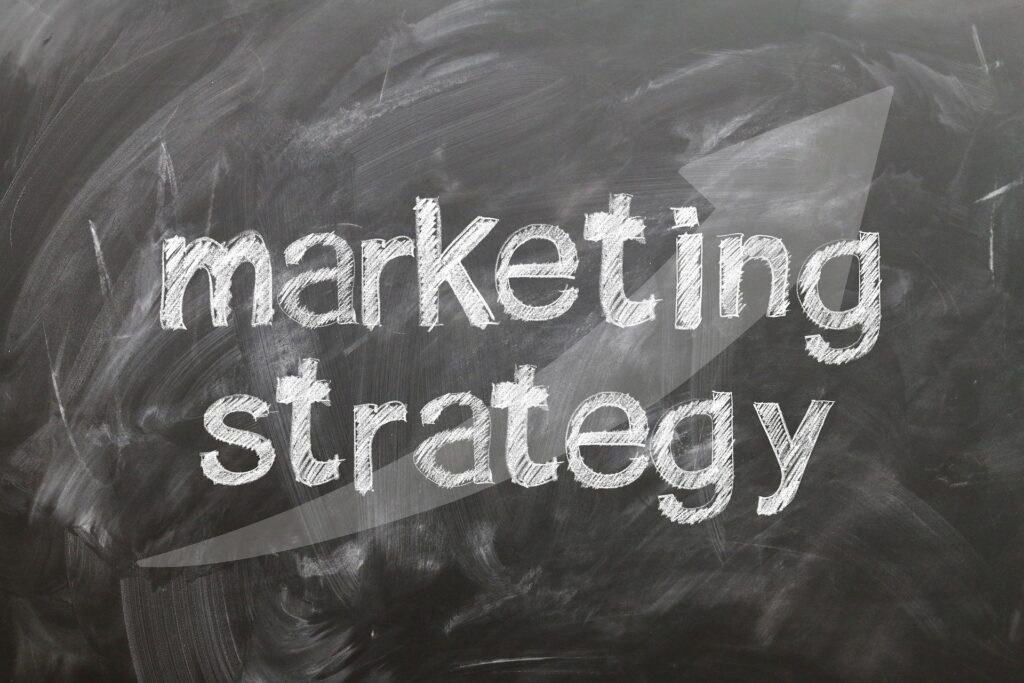Is Your Cybersecurity Marketing Strategy Everything It Could Be?

I have worked in technology marketing since before the Internet(!) and, through my long career, have realized that good marketing strategy boils down to three key ingredients:
- Understanding your company
- Knowing your customer
- Analyzing the competition
Let’s take a closer look at each element to ensure you are asking all the right questions to hone in on the right strategy for your business.
Understanding Your Company
Aside from the standard SWOT analysis (and what you do with that information), what else do you need to know about your company to ensure you are effectively competing? For starters, are you clear on the category and subcategory you are playing in? In other words, is there a solid product-market fit for your offering? If you are having a hard time describing what you do and why it’s important, chances are the answer to that question is no, and more research is required.
Does your marketing department have a plan in place to support each type of sales strategy your company uses? For example, inbound, outbound, account-based, channels, e-commerce, or product-led growth, to name the most popular. If not, it’s time to fine-tune your marketing strategy to ensure sales is getting the support they require.
Having mentioned SWOT (strengths, weaknesses, opportunities, and threats), does your company have a plan to maximize strengths and opportunities and address the risk inherent in its weaknesses and external threats? If not, how can marketing help? The answer to that should definitely be in your marketing strategy.
Have you spoken to customers and mined all the possible benefits and use cases of your product or services? If not, you could be leaving dollars on the table. That’s because sometimes customers can often use your product in a way that was unintended or unexpected, and once you understand what those new use cases are, you can market them for additional revenue.
Do you have a clear and competitive pricing model? Are you using pricing as part of your positioning strategy (e.g., cheaper, least expensive, or premium offering)?
Lastly, do you know what your corporate growth strategy is and have you aligned your marketing plan to it? In other words, are you going to sell the same products/services to the same customers at a higher price, the same products to new customers, new products to the same customers, or new products to new customers? You can’t complete your marketing strategy without knowing your company’s bigger picture plans.
Knowing Your Customer
You likely have ideal customer profiles or buyer personas in terms of titles you sell to and the pain points you solve, but you’ll also want to make sure you are aligned on the departments and functions your products or services help, as well as your target markets (geographies), industries, company sizes, and sometimes even stage of the company lifecycle. For example, if your sales team is going after start-ups, and your marketing campaigns target enterprise prospects, you can see there is a misalignment in strategy. That might seem really obvious, but you’d be surprised how often I run into that in client engagements.
Aside from the problems your company solves, do you have a good handle on what those problems mean for your clients (the impact of them), how your company solves those problems, and the benefits derived (and any proof points you can provide)? If not, you’ll want to talk to customers or at the very least, listen to customer calls, to understand this – you can’t really create great messaging without this knowledge.
Do you understand how their problem might be changing and the forces at work that are driving those changes? For example, new regulations can up-end your value proposition if you don’t see them coming – you need to have your eye on how your customers’ world is transforming just as much as your own corporate landscape, and that of your competitors.
Analyzing The Competition
Which leads us to your rival brands. First of all, it’s good to have competition – it proves there is a market for what you sell. One word of caution though, and that is, not to be too reactive to competitive activity. Just because a company you come up against in the field does something does not necessarily mean it’s the right thing for your business. Make sure you are fighting your own fight, and not someone else’s.
You’ll want to make sure you fully understand your competitive landscape and how your company and its products or services are better or differentiated. What makes customers purchase from you rather than other competitors? Use this knowledge in sales enablement and in your marketing messages as appropriate.
You could do this via a competitive feature or services matrix or by comparing end benefits delivered. Either way, you’ll want to have a solid foundation of what sets you apart from the competition. Only then can you create effective, compelling messaging, content, and campaigns that will win customer trust and loyalty, and at the end of the day, isn’t that what business is all about?